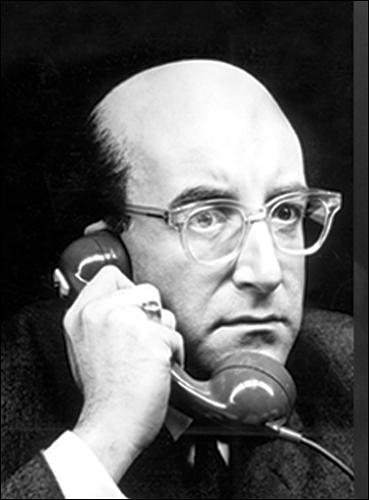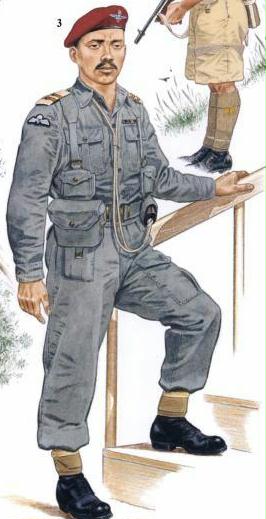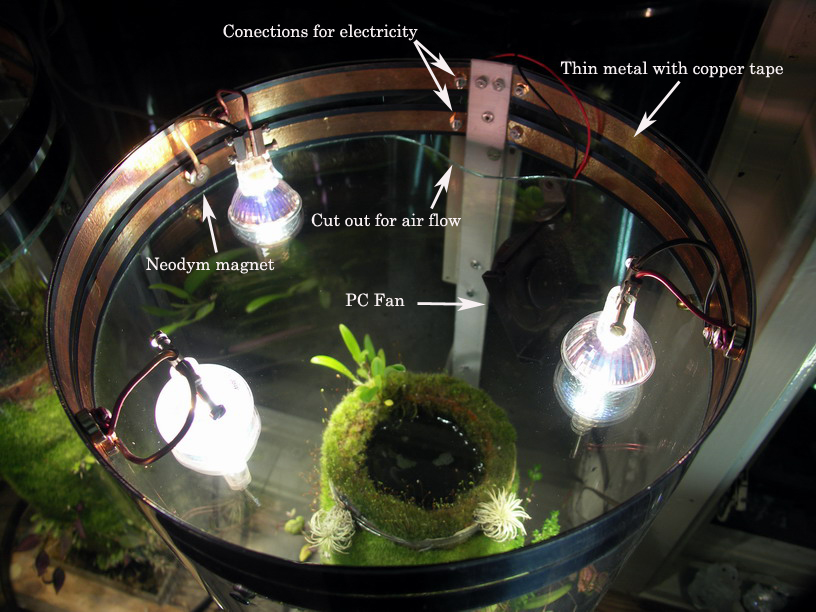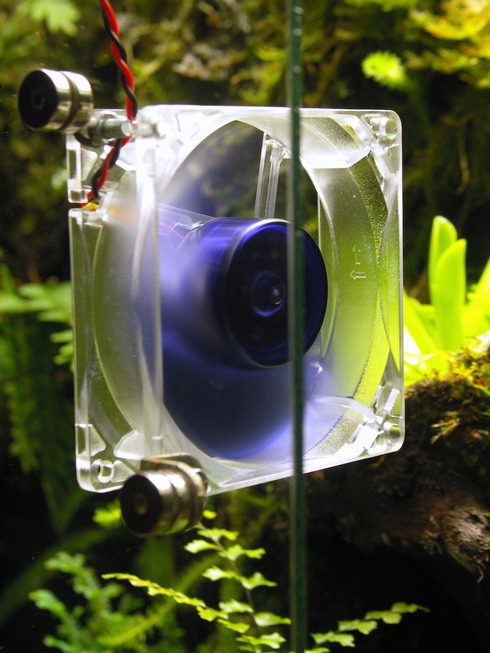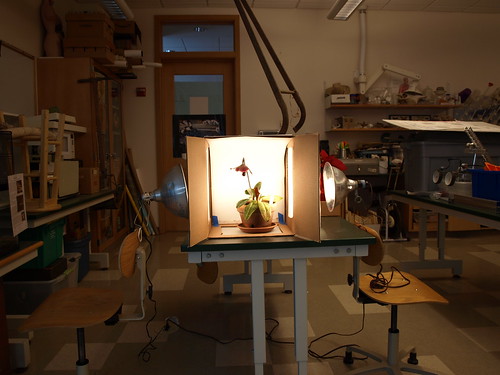It was this article that got me started thinking about it – the money graf:
Around the corner at Madigan Lane, John Sweeney, a member of the town’s conservation-minded Heat Advisory Committee, took a characteristically green approach to powering his home during the storm. He reported his achievement in an e-mail, saying it was no big deal, but that his wife thought it an impressive tale worth sharing: Sweeney ran his refrigerator, freezer, TV, woodstove fan, and several lights through his Prius, for three days, on roughly five gallons of gas.
Up here in New England we just got through a short duration disaster (the ice storm). As a country (and globally), we in the beginning of a longer term disaster – the current recession/depression. One of the factors that kicked the recession into high gear (IMHO) was the spike in oil prices last summer and fall – the spike affected consumer spending directly – less money spent on other things – and indirectly, as people tightened their belts. Like it or not, it’s consumer spending (particularly American consumer spending) that has driven the global economy for decades. Oil prices have dropped recently (in large part because of the global economic contraction) – I don’t think that relying on energy costs staying low is a good bet. Kunstler’s take:
Many were stunned this year to witness the parabolic rise and fall of oil prices up to nearly $150 and then back around $36 by Christmas time. Quite a ride. I said in The Long Emergency that volatility would be the hallmark of post peak oil because it was obvious that advanced economies could not absorb super high prices and would crash in response; that at some point after crashing, these economies would respond to the new lower oil price, resume their cheap oil habits, and build to another price rise. . . and crash again. . . in a declension of ever-lower industrial activity.
What I probably didn’t realize at the time was how destructive this cycling between low-high-and-low oil prices would actually be in the first instance of it, and what a toll it would take right off the bat. We can see now that our first journey through the cycle took out the most fragile of the complex systems we depend on: capital finance. As a result, a huge amount of capital (say $14 trillion) has evaporated out of the system, never to be seen again (and never to be deployed for productive purposes). It will be harder for the USA to rebound from the grievous injury to this crucial part of the overall system, and Europe has foundered similarly — though the European nations are not burdened to the same degree by the awful liabilities of suburbia. *
JHK may be too pessimistic, but to put things in context – last spring (I think) a friend put Nouriel Roubini (aka Dr. Doom) in context by describing him as the James Howard Kunstler of economics. On December 3, 2008, Nassem Taleb – author of The Black Swan – suggested that Roubini is an optimist. What’s that saying – hope for the best, plan for the worst?
– suggested that Roubini is an optimist. What’s that saying – hope for the best, plan for the worst?
So – three things – severe weather (say what you will about climate change, but from a risk/reward perspective, the chances of climate change being real need to be down near zero if you want to justify staying the course), volatile energy costs and a recession that militates heavily for big government spending – if I could do a 3 circle venn diagram a la Indexed, one of the things in the climate/energy/spending intersection would be smart grids. I was a little surprised to find – as the result of a lunchtime rantlet – that some folks haven’t been exposed to the notion. A smart grid is not a thing – it’s a bunch of desired outcomes and technologies to achieve those results.
Before examining particular technologies, a proposal can be understood in terms of what it is being required to do. The governments and utilities funding development of grid modernization have defined the functions required for smart grids. According to the United States United States Department of Energy‘s Modern Grid Initiative report,[11] a modern smart grid must:
- Be able to heal itself
- Motivate consumers to actively participate in operations of the grid
- Resist attack
- Provide higher quality power that will save money wasted
- Accommodate all generation and storage options
- Enable electricity markets to flourish
- Run more efficiently *
Bullets 3, 5 and 7 are of particular interest to me. Efficiency – wasting less – is one of the most important ways to go after climate change and energy costs. There is no free lunch – there are costs associated with any kind of power generation – but improvements in efficiency are as close to a free lunch as we’re going to find. Bullet 5 touches on the Prius example I started the post with. A lot of non-fossil energy options are intermittent – wind is probably the classic example. Being able to do some curve-smoothing by storing/releasing energy in a fleet of plugged in hybrids? Interesting. Bullet 3 ties back to climate from the other side – as weather gets more severe, being able to resist disruption is a very good thing. Bullet 3 also links nicely to John Robb’s concept of resilient communities. There are tension here as well – at least for the purposes of this post. I’m arguing that the Federal government ought to spend some money on implementing (not just designing/armwaving) a smart grid – Robb argues that resilient communities must be bottoms-up and self organizing. Given that my chances of affecting prez-elect Obama’s decisions on anything are virtually nil, I’ll kick that objection under the rug. I do think there’s an example where we meet in the middle, though – you’re soaking in it (the Internet).
I’m sitting by the phone, waiting for the call from Washington that let’s me know I’ve been tapped to be an Special Presidential Advisor on technology, foraging and comics (I plan to telecommute) – while we all wait for an announcement, keep your eye on the grid and on resilient communities.
Update – I swear I did not know about this when I posted:
At a committee briefing Boxer held Wednesday in Washington, green tech evangelist John Doerr called for stimulus money to be used to update the nation’s electrical grid. He said a modern grid that could better handle wind and solar power would enable a green technology boom. A venture capitalist who backed Google and Amazon in their early days, Doerr says the green revolution has much greater potential for job creation than the Internet did. *
There go my Presidential Advisor chances…
